
It's surprisingly light, yet strong and comfortable, and the price is great. The arata AX series, full of innovative ideas, shows you a new view of a freestanding mountain tent [Practical Review]
Tents for mountain climbing and hiking come in a variety of forms and structures, but the most popular style in the Japanese mountaineering world is probably the "freestanding (dome-shaped) double-wall type."
There are several possible reasons for this, but the main factors are that, compared to hiking in North America and other countries, mountain climbing in Japan is often accompanied by tent sites on the ridges of rough mountainous areas where the ground is hard and the pegs are difficult to peg, or high strength is required to withstand snowfall, which is a major factor that is largely due to circumstances unique to mountain climbing in Japan.
For this reason, as you all know, there have been many excellent models in Japan for this "domed (dome) double-wall" tent. These have been used as standard items for a long time by many climbers, but it was also true that they were in such a rut that they were too stable and it was difficult to create a new groundbreaking new approach.
However, in 2024, a tent has been introduced that will make you think that the tide may change, which may change the long-standing situation. That is the mountain tent " arata AX Series " that I will introduce this time.
To put it simply, this tent is an order of magnitude lighter and more compact than before, while maintaining sufficient strength against the bad weather unique to mountainous areas of Japan. It's easy to say, but the reality is that it hasn't actually been realized for decades. The arata AX series overcomes this barrier with groundbreaking ideas and creates it beautifully.
the arata AX-79, a single-person, self-supporting double-wall tent this summer , in a variety of situations, and was left feeling a fresh and almost forgotten about its amazing performance and the new possibilities of a self-supporting tent.
So this time, we will focus on the AX series ' representative model, the arata AX-79 review the innovation of this tent, as well as the parts that we hope for further evolution and improvement
table of contents
- Main features of arata AX-79 (AX-75, AX-130)
- Detailed review
- Weight and compactness: Lightest class for a self-supporting double wall tent
- Accessories and setup: Easy to build and easy to set up, unique to a self-supporting tent
- Robustness and durability: Robustness that can withstand mountains in Japan all year round
- Living comfort inside the tent: The size itself is minimal, but the "front and rear rooms" do not feel small are excellent.
- For petite people, or those who want to make it as light as possible, even if it's cramped, we recommend the lighter model "AX-75".
- More ambitious related items are being released from arata to match this lightweight, highly durable tent
- Summary: Overall, it is the most lightweight mountain tent that is the most "buy" balance of strength, comfort and price at the moment.
- Guest talk will be held at Outdoor Gearzine's offline event on Sunday, December 1st!
Main features of arata AX-79 (AX-75, AX-130)
The arata AX-79 is a free-standing double-wall tent for mountains that is suitable for four seasons, combining strength, lightweight and functionality. While thoroughly reducing the weight by using a pole that is lighter than before, achieving a minimum weight of 915g, the company has made full use of its unique sleeve hub structure, a guy line, and a highly wind-resistant form, making it as strong as a conventional mountain tent. Additionally, while ensuring a minimal indoor space that balances weight and comfort, a unique rear room space is provided to provide even more comfort in residential and high ventilation. It is also studded with detailed ingenuity that is thought up in every detail, reducing stress to the user to the extreme. The series includes the two-person model, the AX-130, as well as the AX-75, which is the perfect size for small people. In addition to the tent itself and rainfly pole, the product also comes with ground seats and pegs, making it a package that includes everything you need to start your tent stay.
Favorite points
- Lightest class for a self-supporting double wall tent
- Easy to set up and easy to set up a self-supporting tent that can be easily set up anywhere
- It is robust and can be used in major mountains in Japan throughout the year, including snowy mountains.
- Despite the minimal living space, the front and rear rooms do not feel cramped
- Good ventilation including mesh material at the entrance, ventilation and rear doors
- Highly waterproof and less likely to condense, which is unique to double walls.
- This performance is reasonable despite the footprint and pegs included.
Points that interest me
- Sometimes the inner guide line gets caught and gets in the way (removable)
- Small indoor mesh pocket
- The rear room ground sheet (optional sold separately) is easily detached due to the Velcro fastening, and raindrops from the rain fly are easily poured in.
Main Specifications and ratings
| item | Specifications and ratings |
|---|---|
| Number of people to sleep | 1 person |
| Minimum weight | 915g (weight of inner tent, rain fly, and pole only) |
| gross weight | 1060g (weight including girlines, pegs and storage bag) |
| Fry material | 15D Ripstop Nylon Water Resistant 1,200mm Silicone Coating |
| Inner (canopy) Material | 10D Vent Nylon |
| Inner (Floor) Material | 15D RipStop Nylon Water Resistant 1,500mm Silicone Coating |
| Pole material | DAC Featherlite NFL 8.7 |
| Indoor size | 210 x 80 x 98 cm |
| Number of entrances and exits | 1 on the long side (the window to the rear room on the opposite long side) |
| Storage size | 24 x 17 x 11 cm |
| Floor area | Approx. 1.7㎡ |
| Front room area | Approx. 1.0 (0.5 x 2) m2 |
| accessories |
|
| Living comfort | ★★★★☆ |
| Ease of setup and removal | ★★★★☆ |
| Weather Resistant | ★★★★★ |
| Durability | ★★★★☆ |
| weight | ★★★★★ |
| Portability | ★★★★☆ |
| Cost Performance | ★★★★★ |
Detailed review
Weight and compactness: Lightest class for a self-supporting double wall tent
Stellaridge tent probably the standard mountain tent that you can't find at tent sites nowadays, but the official minimum weight for one person is 1,140g. Looking at other orthodox, self-supporting tents on sale now, it was rare that there were models that were lighter than 1kg, even though they were supposed to be used all year round in mountains in Japan.
Meanwhile, the minimum weight of this arata AX-79 is 915g, which is significantly less than 1.1kg. It's surprising that this is not a tent only available in spring and summer to low mountains, but is an independent type that can be used for four seasons (see table below).
| Product Name | Officially announced minimum weight (inner, rainfly, pole) |
|---|---|
| arata AX-79 | 915g |
| mont-bell stellaridge 1 | 1,140g |
| Arai Tent Air Rise 1 | 1,360g |
| Nemo TANI OSMO™ 1P | 1,120g |
| finetrack Kamina Dome 1 | 1,130g |
| PuroMonte VL-18 4S | 1,190g |
| ZANE ARTS YAR-1 | 860g |
As I have written about this site several times, tents are one of the heaviest, bulkier items, along with backpacks, sleeping bags and mats, among mountaineering equipment, and it can be seen that the 200 grams, which can be reduced by this model, have a significant impact on the overall packing weight, not just compared to the dozens of grams that can be achieved by replacing aluminum with titanium.
When you actually hold it, it is clear that it is light, and it is compact enough to hold all the accessories in one hand, even if you combine them together.
Why is this tent so light? There is a deep consideration that takes into consideration the various factors into account.
For example, lighter tent fabrics. The fabric used for the inner tent is 10D ripstop nylon, which is just the same as the tent, and the inner floor and rainfly are thinner, 15D PU-coated ripstop nylon, which is the lightest-class lightweight material, and the weight is reduced to the extreme.
However, it is true that other models have tried at a similar level, and this will not allow you to fall below 1kg. the AX-79 can be seen from this point that the pole (which has a major impact on weight) is made of an ultra-lightweight aluminum alloy called the "DAC Featherlite NFL 8.7", a full-fledged mountain tent that has never been used in four seasons. The official website lists detailed performance differences, but it is said that this pole is about 22% lighter than the DAC Featherlite NSL 8.5, which has been used frequently in traditional mountain tents of this type.
Furthermore, in terms of the size and fine parts of the tent, we have carefully considered every detail to keep the weight of the fabric and parts as small as possible, and as a result, we have reached a new level of weight of approximately 900g.
However, even more wonderful about this tent is that even after being stripped down to this extent, it has never lost its durability and comfort as a tent, and we will touch on that later.
Accessories and setup: Easy to build and easy to set up, unique to a self-supporting tent
the AX-79 , it comes with not only a main unit set, but also a dedicated ground seat, a guy line (4 innerwear, 4 outerwear), and eight pegs, and comes with all the equipment that allows you to climb normally without having to buy any options separately. In particular, since the floor is made of thin fabric due to the weight reduction, ground seats are considered essential, so it is a wise decision not to sell it separately. Personally, in addition to this standard set, the "rear room ground seats" are parts that significantly increase comfort, so I recommend that you have them if you have the time.
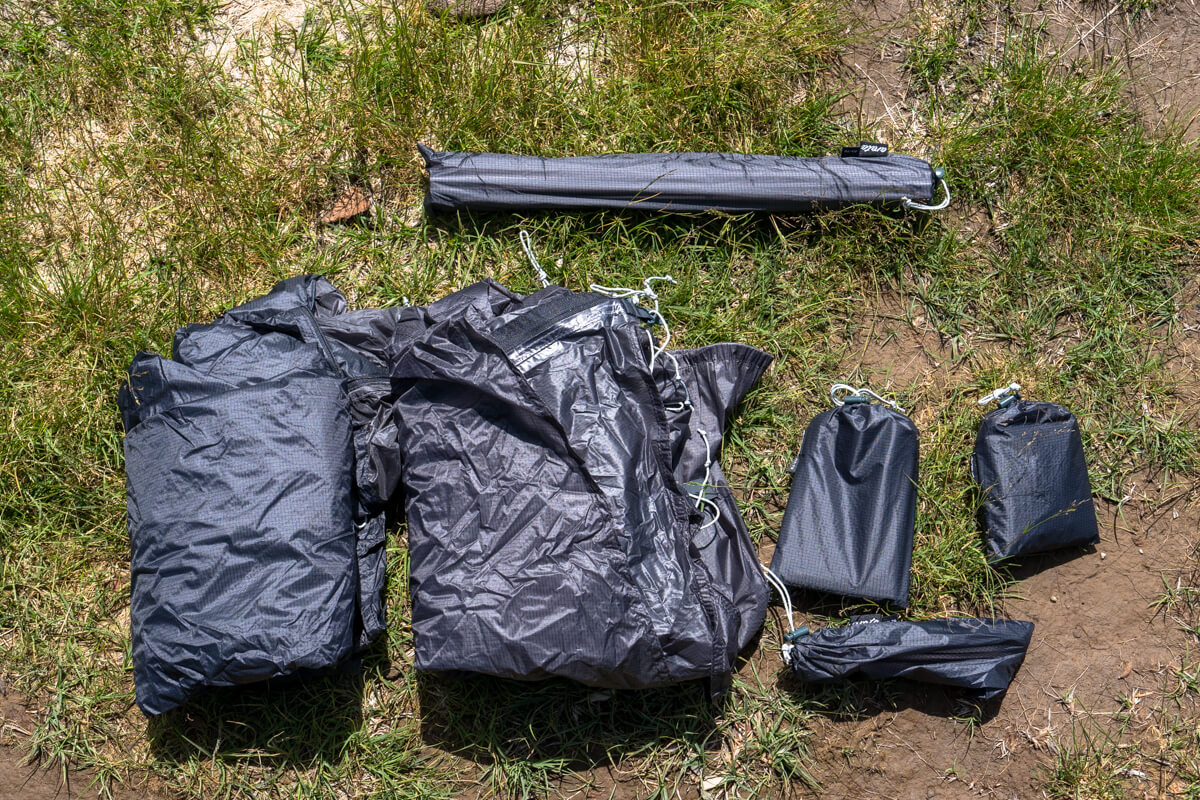
In addition to the inner, fly pole, the accessories include a storage bag, eight pegs and a ground seat (the small bag seen on the right edge of the photo is a ground seat for the rear room, sold separately).
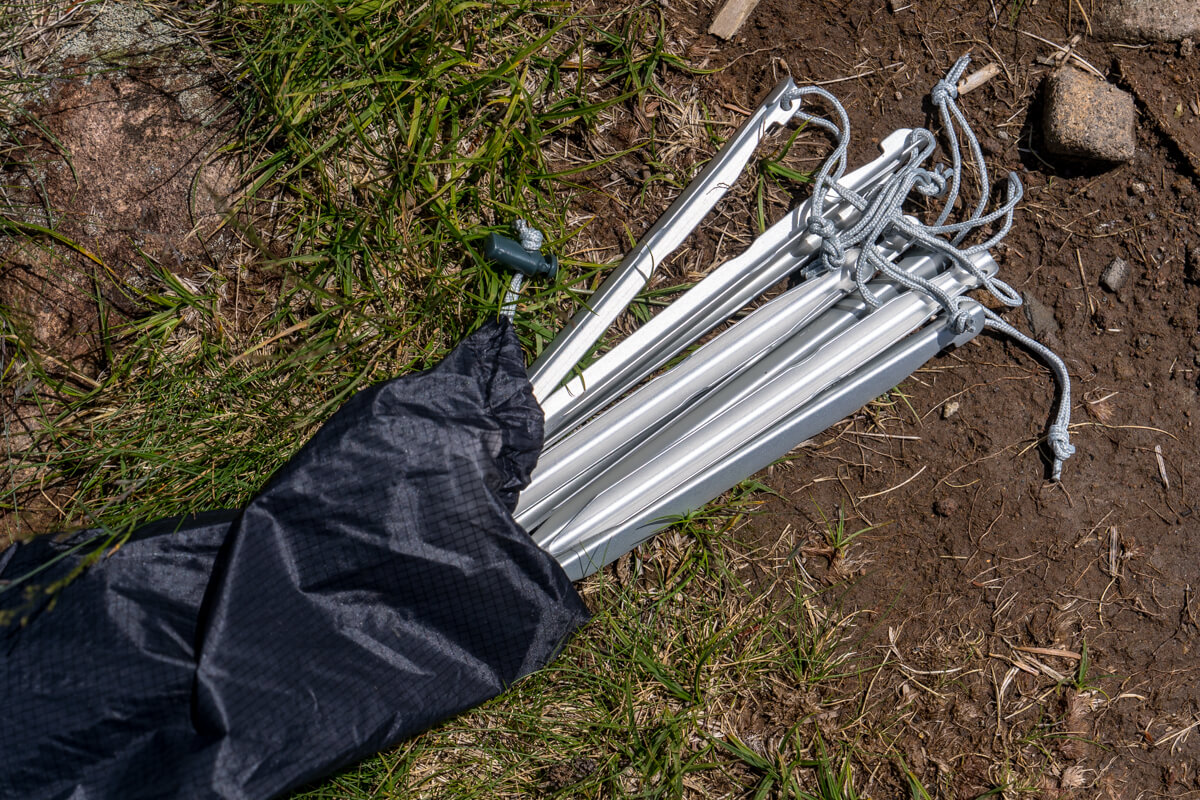
The included pegs are lightweight, highly strong and a wide ground area, made of aluminum V-shaped pegs.
When it comes to ease of setting up a tent, anyone who has built a tent at least once would likely be confused.
Just like with a typical sleeve-type tent, by inserting two poles from one side all the way in and then inserting them into the sleeve at the end of the hand, the tent will immediately stand up with its tension. It is independent, so of course there is no need to press the pegs before starting the pole.
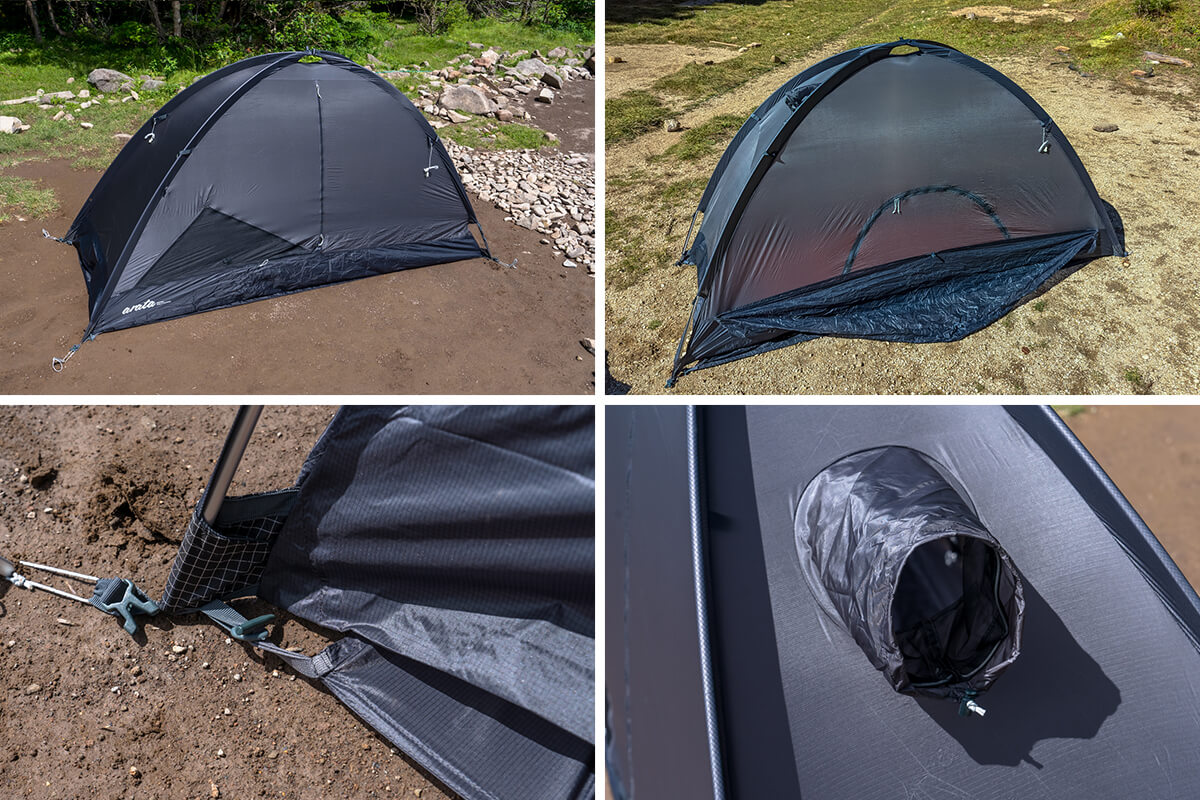
The inner tent has been set up (top left). There is a small window (top right) for the rear room on the back. The ground seats are structured so that they can be connected to the four corners of the tent (bottom left). There is one ventilation opening with mesh on the short side (bottom right).
You can secure the rain fly over the inner tent with a buckle and then pull the adjuster to apply tension. There are pre-attached wires in the areas necessary for fixing, so pegs can be inserted as needed to adjust the tension (strength) of the fly sheet.
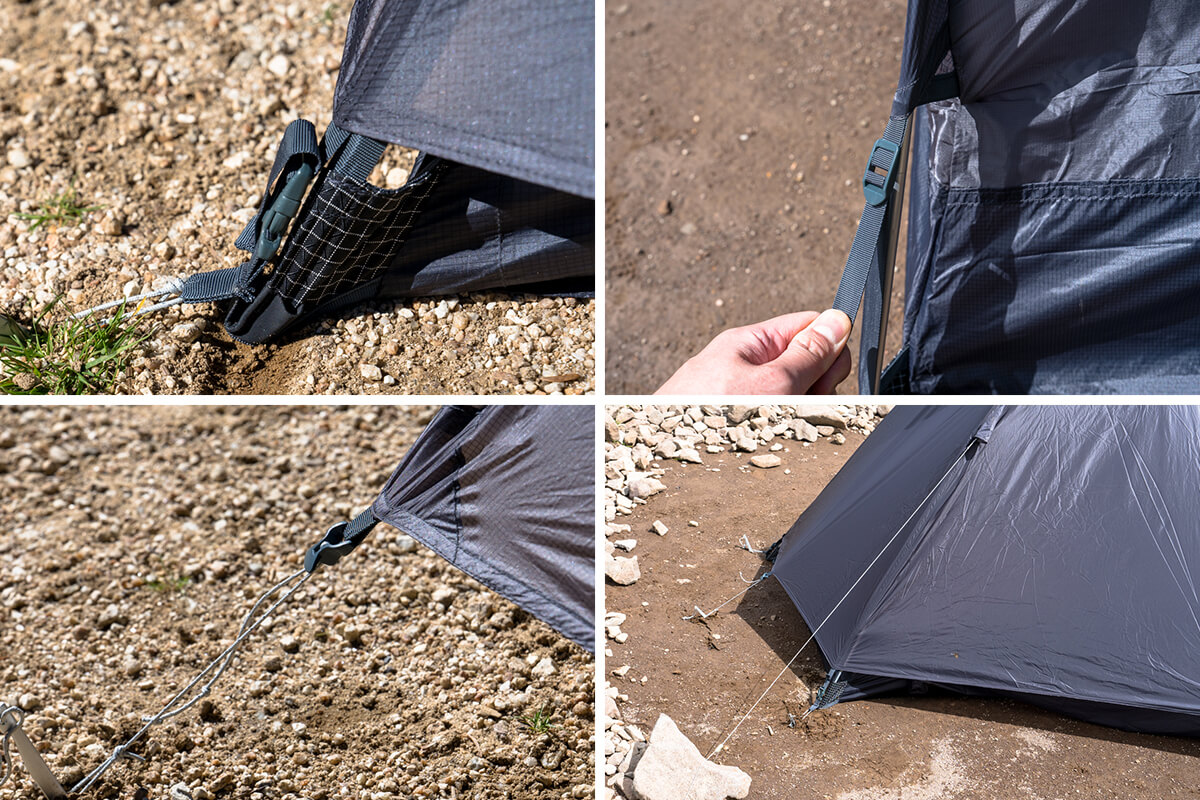
Fly sheets can be easily fixed by buckle operation (top left). An adjuster (top right) that allows you to adjust the tension of the inner tent. Key points of the fly come with a free cord that allows you to apply tension (bottom left). Secure lines are included as standard on the four corners of the innerwear (bottom right).
The ground sheets placed under the tent are fixed to loops at the four corners of the inner tent, allowing them to be removed while still fixed. This way, there's no need to relay the ground sheet every time, so this is rather convenient (photo below).
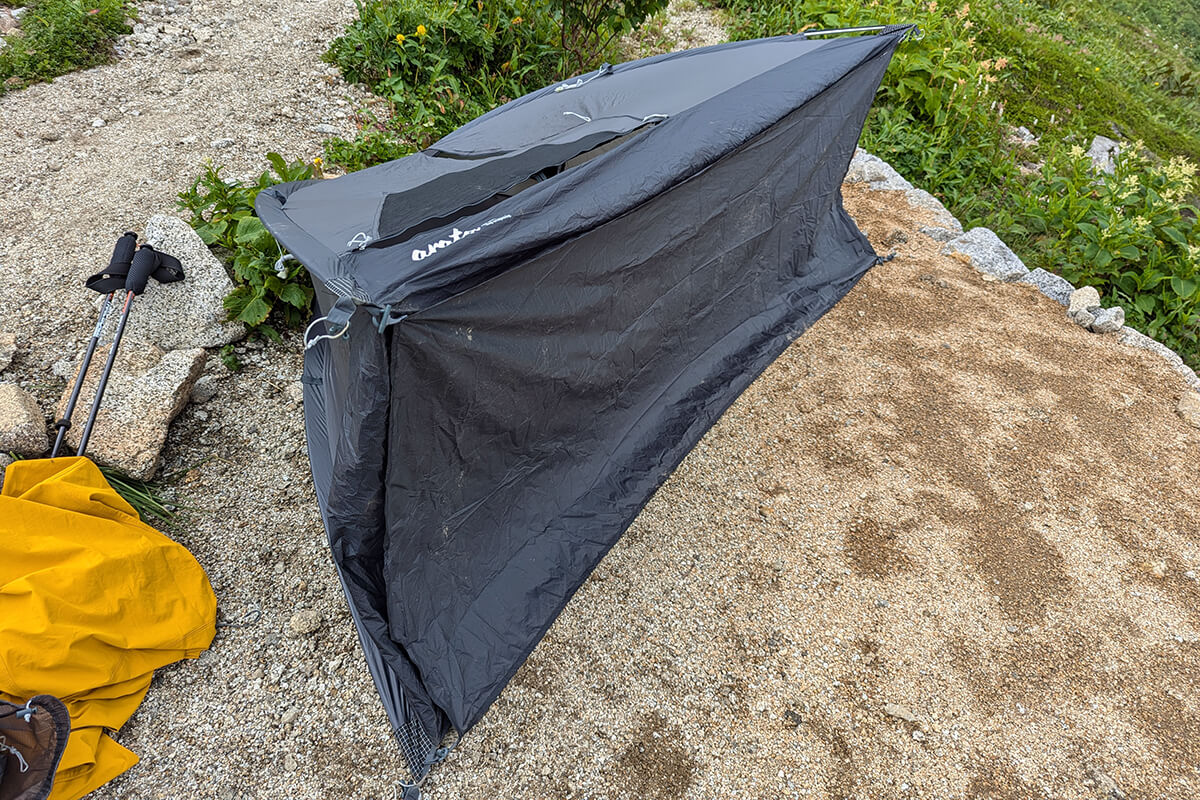
The ground seats can be connected to the tent together, making it convenient to store them while they are attached.
Robustness and durability: Robustness that can withstand mountains in Japan all year round
The reason why previous self-supporting dome tents have not been able to surpass the 1kg barrier was generally said, "It would be easy if they were simply made lighter, but if they did that, they wouldn't be able to maintain the wind resistance and strength enough to withstand the harsh mountain climbing in Japan." In a sense, this is correct, and simply reducing the weight of poles and fabrics as they remained in the conventional structure will not be able to withstand long storms on the ridges of the Northern Alps. The AX-79 has challenged the impossible for many years, and despite its light weight of less than 1kg, it aims to achieve the robustness and durability of a full-scale, free-supported tent that can be used for four seasons using a new method that has never been seen before.
First, the side walls of this tent have a tight angle to make it easier for wind to flow, and the shape is symmetrical, ensuring high protection against wind from all directions. The fly sheet itself is also designed to allow it to get close to the ground, making it difficult for wind from below to enter (although it was hot in the photo below, so I didn't deliberately put it that low).
full sleeve inner tent x unique sleeve hub located at the top of the pole .
Previous pole structures of free-standing tents can be broadly divided into "hanging type" and "sleeve type", but in "hanging type", the tent is hanged by hanging several hooks on the pole. While this structure makes it difficult to distribute the load applied to the poles in strong winds, the poles are connected at vertices, so the two poles support each other and are strong from the side (left of the photo below).
On the other hand, the "sleeve type" has the advantage that the pole is supported by the entire sleeve, so the load applied to the pole is easily distributed in strong winds, but since the two poles are independent, the tent is likely to be distorted by force from the side (right of the photo below).
Full Sleeve Inner Tent x Unique Sleeve Hub eliminates the strength weaknesses of both the hanging and sleeve types , and as shown in the photo below, it is clear that although the structure is basically a sleeve-type structure, the entire fabric is sewn together so that the poles are connected at the tops (photo below).
When I held the top part of the tent I had built in my hand and rocked it with strong force, I found that the tent with the unique sleeve hub structure did not move slightly, and it felt amazing stability and robustness (photo below).
Another unique mechanism that further increases strength is the Guy Line Points installed inside and outside the tent. Normally, the points of the tent that improve wind resistance are limited to the four corners of the tent or other aspects, but in addition to this, the AX-79 has a cross inner guiding line that is placed as standard on the short side of the tent room (photo below). This is a structure that was adopted by developers who have been involved in manufacturing in various industries by applying prefabricated construction techniques, and is said to have the effect of suppressing tent deformation caused by wind from the long side.
Furthermore, the aforementioned sleeve hub also has a fastening point for the guy line, and by firmly fixing the tent from the top, it can further strengthen wind resistance (right in the photo below), and the ultimate goal is to spread the guy line diagonally at the expense of the space inside the tent, allowing for the strongest reinforcement (left in the photo below).
To be honest, I have never experienced any uneasy weather unless I go this far, and I will try to avoid mountain hiking, which is at least a little bit of a risk, but the security of being able to reach this level is most reassuring.
In this test, even if you put on an inner guinea line (although there was no setup in strong winds), it was firmly and sturdy enough to set up, so it is likely that there will be no problem if the separately sold optional "Emergency Guy Line Kit" is not always installed.
On the other hand, what about the strength against rain? Fortunately, during the summer traverse of the Central Alps, there was a rough evening shower in the afternoon, and it was raining quite a bit at the tent area on the ridge (video below).
The rainfly repels the rain, keeping the space between the fly and inner layer, and it doesn't stick to it, and the bathtub (the bottom of the tent) is also high, so it also prevents flooding inside the tent, including bouncing off the ground.
However, as mentioned in the second half of the video above, we found that if you are not careful, raindrops that fell from the rainfly could enter the optional rear room ground sheet (described below). Be careful not to let the ground sheet go out too far outside the fly so that the luggage placed in the rear room gets wet.
Living comfort inside the tent: The size itself is minimal, but the "front and rear rooms" do not feel small are excellent.
The AX-79 aims to be "lightweight" and does not give up on "strength" , but it is also worth noting that it is pursued to the fullest without compromising on the "comfort" of the room through unique ingenuity that is hard to see. Of course, it doesn't have a large, luxurious living space like a camping tent, but it's still packed with clever ideas that don't make you feel the small size for its lightness. rear room space located on the opposite side of the entrance .
Just like a typical single-person tent, the AX-79 has a vestibule between the fly and the inner tent, allowing you to use it as a place to place shoes, cooking tools, etc. Incidentally the AX-79 , it was angled more than other tents to improve wind resistance, and the vestibule was wider, making it easier to use (photo below).
In a normal mountain tent, there is only one such vestibule on the entrance and the other side is usually just a wall, but the AX-79 has a small, kamaboko-shaped window, from which you can access the vast rear room and store additional luggage (photo below).
When staying in a solo tent, food and luggage you don't want to get wet are often placed indoors, and in this case, even if the tent is large, it will inevitably be overflowing with luggage, which will damage your comfort, which is a great help. As shown in the photo above, if you lay the ground sheet for the rear room, sold separately, so you can place your luggage without touching the ground directly, so you can place your luggage in the same way as inside the tent (please be careful as the Velcro fasteners are likely to come off and raindrops are likely to spill onto the ground sheet). Thanks to this, I was able to make full use of the indoor space and didn't feel particularly cramped.
By the way, the room has two mesh pockets (although not very large) and five hanging groups near the ceiling, so you won't have to worry about storing small items (photo below).
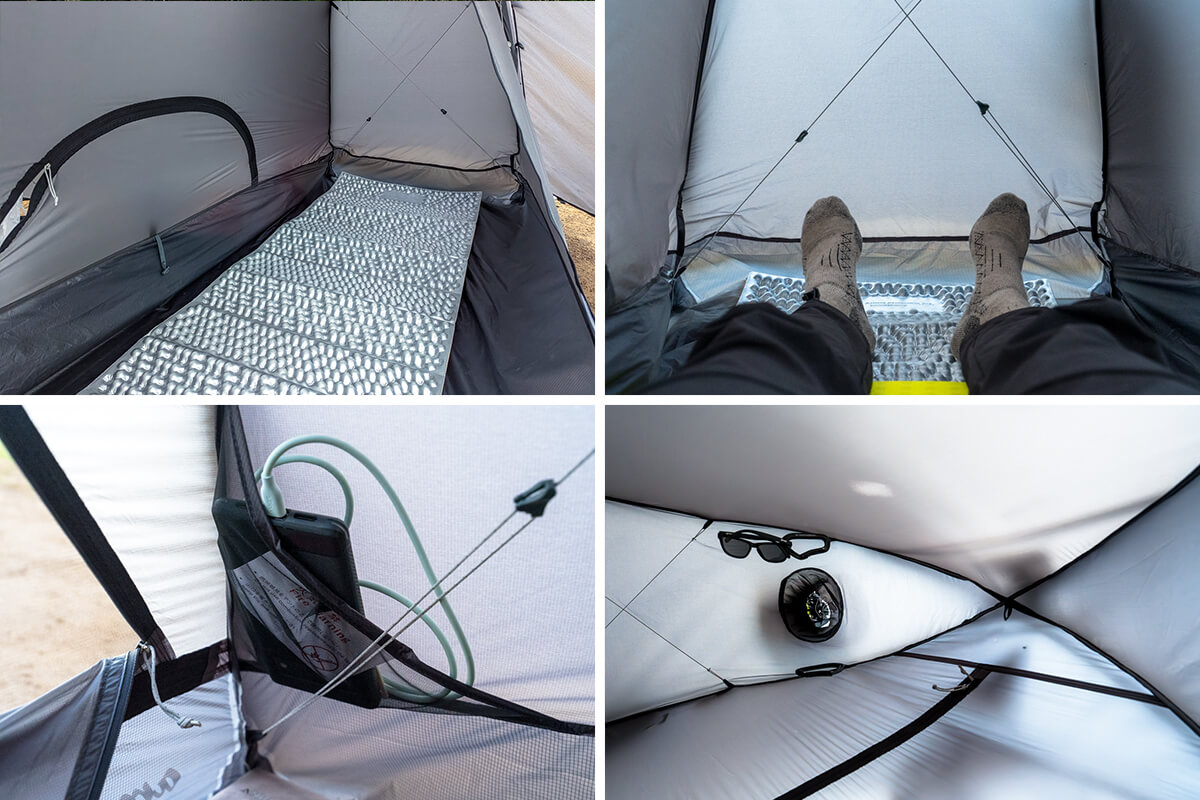
It is spacious enough to lay a single mattress (top left). Even when I lay down with my legs stretched 176cm, there was room to spare (top right). There are two small mesh pockets on the short side of the entrance (bottom left). The ceiling is a hanging group (bottom right) where thin pulls and gear lofts can be hung.
The rear room is not only convenient for storing luggage, but also contributes to improving wind resistance and breathability.
The further room space not only increases wind resistance from the back, but also contributes to increased breathability, which was difficult in mountain tents. The mesh material at the entrance itself is by no means large, with a lighter weight in mind, but the rear window on the other side and the ventilation opening at the top, and three holes for airflow, made it quite well ventilated for a freestanding mountain tent.
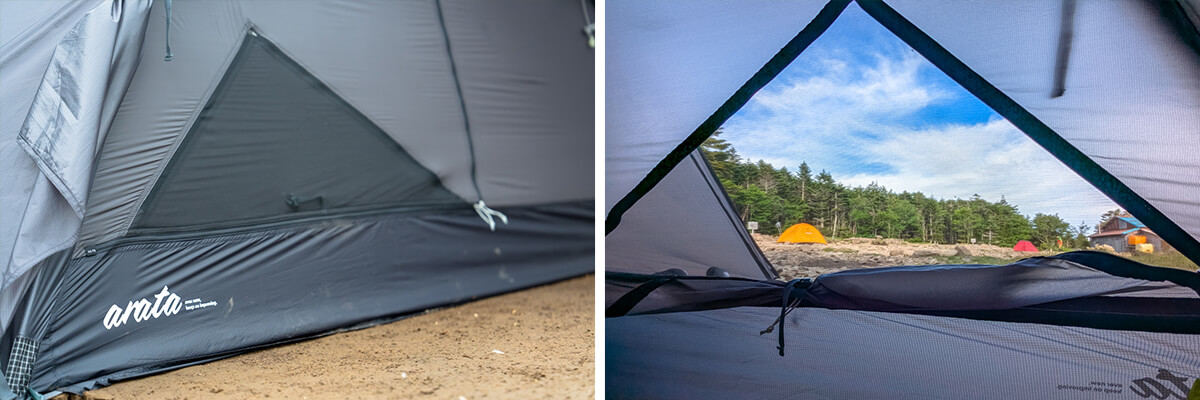
The mesh window at the entrance is not large, but it is well ventilated. It's also perfect for looking out.

Even when the rainfly is tightened, the ventilation vent can be created using the ventilation rod on the top of the fly with the double slider structure.
For petite people, or those who want to make it as light as possible, even if it's cramped, we recommend the lighter model "AX-75".
There are still many unique attempts that ordinary manufacturers would not think of.
The AX-79 has a lineup of two-person models, the AX-130 and the AX-75 the AX-75 . Although the specifications are almost the same, this model is a small model (10cm long side length and 5cm short side width smaller) that , resulting in a lighter weight of 15 grams.
At this point, I thought, "If it's lighter than a gram, I'll hold back some crampedness!" and somehow managed to the AX-75 to go wrong. I actually tried it, but the results were really bothering me. It was just the right corner where I could choose my height.
This is because the AX-79 was naturally able to sleep comfortably, the AX-75 was just about the size of the head and toes that were placed on the short side when lying down. It's not like you can't sleep, but your head and feet will probably get wet from condensation droplets on the inner wall. That's why it's pointless to bring an additional sleeping bag cover. I think the AX-79 would be better after all. By the way, regarding the ceiling height (93cm) and floor width (75cm), I personally didn't feel that the comfort of the AX-75
Based on this, I have tried out my personal opinion, and I think that if you want to be lighter than 175cm tall, the AX-75 can withstand the AX-75 if you want to be lighter than 1 gram. In fact, if I were 2cm shorter, I would have chosen the AX-75 On the other hand, if you are 176cm or more, we recommend choosing the AX-79
More ambitious related items are being released from arata to match this lightweight, highly durable tent
While I was writing this review, I was hit with more new news from arata. In autumn 2024, the arata ASP-R7 , is newly released, the arata ASP-R7 mat with an R value of 0.4 or higher, combined with a TPU film and a heat-reflecting PET film, boasting an R value of 6.5, suitable for -30°C environments Like tents, this one has just entered the market for the first time, but it has suddenly achieved top-class performance with its insulation performance per weight, and although it has not yet been tried in practice, it will also be worth watching.
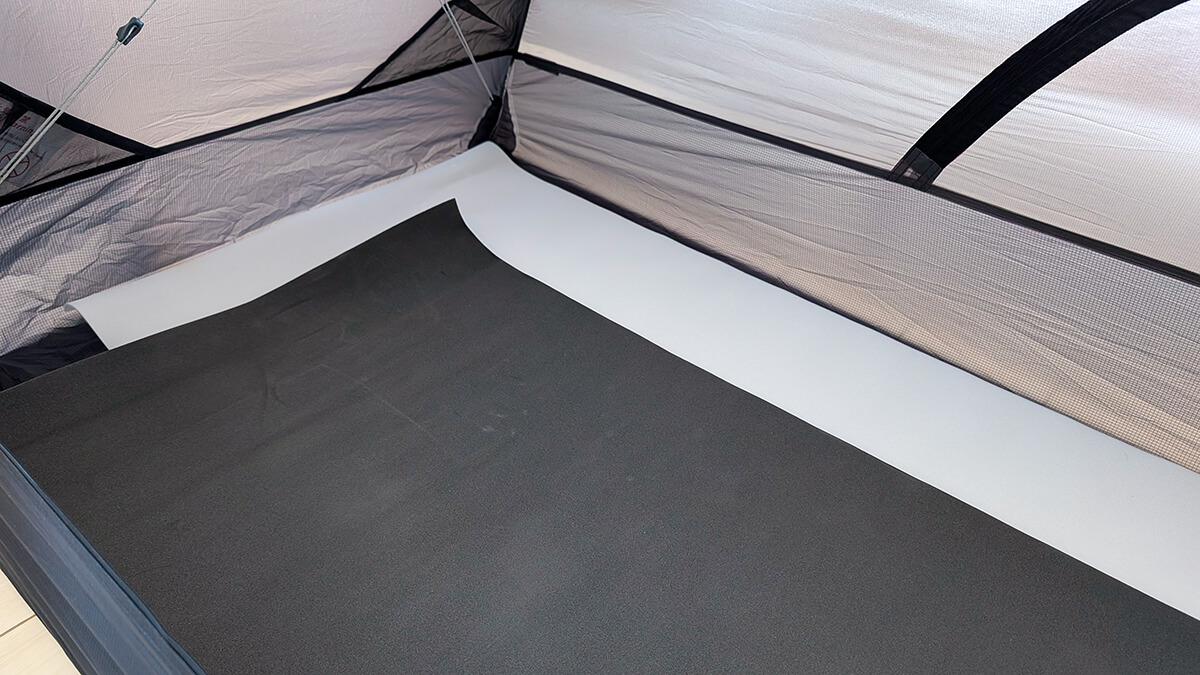
"arata ASP-03" ultra-lightweight PE mat that can be placed under the air mat to boost performance or cut the weight down to the limit.
Summary: Overall, it is the most lightweight mountain tent that is the most "buy" balance of strength, comfort and price at the moment.
For a long time, self-supporting dome tents have had a more or less trade-off between "lightness" and "livability and durability." In other words, if we were to "light," we had to accept the "constriction and the inconvenience of not being able to use it in harsh situations." However the arata AX series , it seems that they can finally overcome this high-level wall. This time we only had a general traverse, but since it is an orthodox mountain tent, it can be used widely for all outdoor activities, including hiking, trekking, climbing, and other variations in snowy seasons, and stream climbing, and can be used in all kinds of outdoor activities, and it can be used on low mountains up to about 1,500m.
With a light weight of about 900 grams, strength to withstand full-scale climbing and high standard residential comfort, this tent was an overall excellent mountain tent with the highest balance and no gaps at the moment. Despite achieving such high performance in terms of price, we are truly grateful for the highly competitive price. Of course, it's not a problem as an introduction to staying in a tent.
Finally, as a side note, the designer who developed this tent has been involved in designing in a variety of manufacturing sites, from home appliances to automobiles and industrial machinery, and in recent years he has negotiated products from high-quality Chinese outdoor manufacturers from scratch and began handling them in Japan, and as he has grown to work on custom-made models, he has absorbed a lot of know-how and has steadily continued research and development. Arata 's products are filled with unique and groundbreaking ideas that can only be thought of as someone who was outside the mainstream of the outdoor industry. However, this is not a bullshit that seems to underestimate the culture that has been accumulated up until now, but rather an ingenuity based on respect for the past and deep research, and it is refreshing to see that everything makes sense (although it's not that there are no rough parts). In that sense, Outdoor Gearzine wants to continue to support creators who are trying to create good things without being misled by trends. Let's look forward to arata which has the fun of not knowing what will come out
Guest talk will be held at Outdoor Gearzine's offline event on Sunday, December 1st!
In fact, I've been looking forward to seeing the opportunity for a while, but at the Outdoor Gearzine offline event announced the other day (from 12:00 on December 1st), a talk event with Arata designer and representative Sugime has been decided!
The AX Tent series was the Arata rapid advance.
Starting with tents, where will arata's rich ideas and drive come into play, as groundbreaking new products will continue to emerge one after another? Arata, which is looking at the global outdoor product market from behind, shows how do you see the outdoors in Japan today? What is the world beyond that arata looks at? Let's take a deep and in-depth experience together with the stimulating and deep world of outdoor activities that can only be heard here.
We will introduce the offline event at Outdoor Gearzine on Sunday, December 1st here↓↓


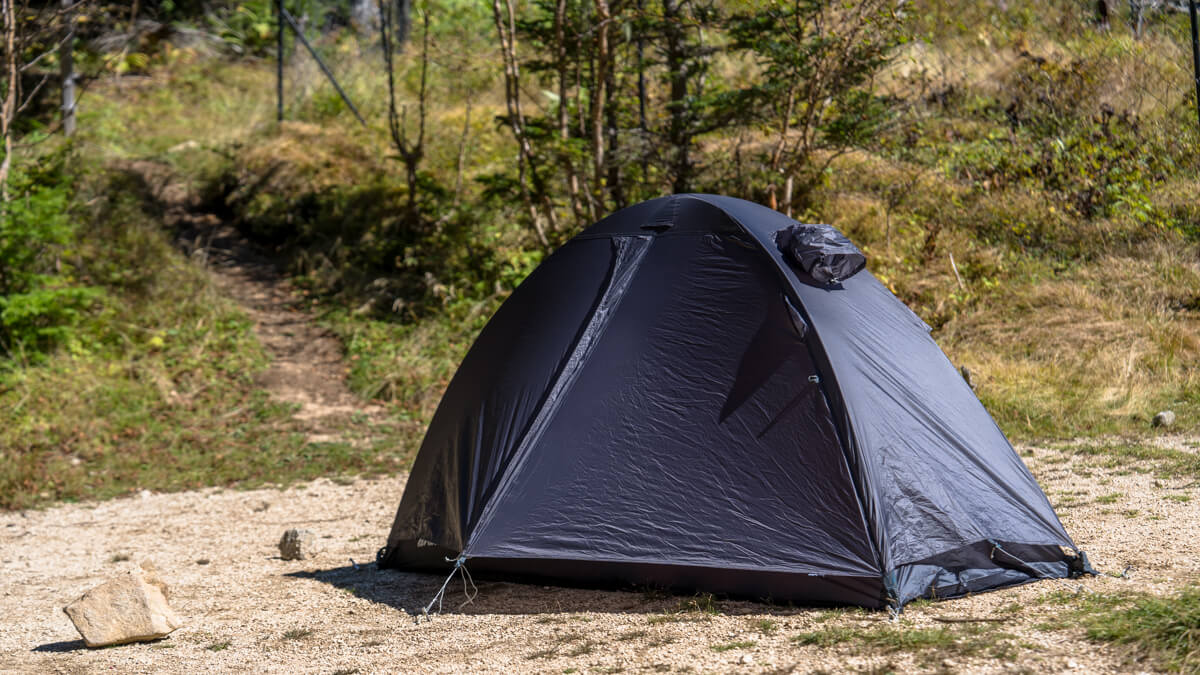
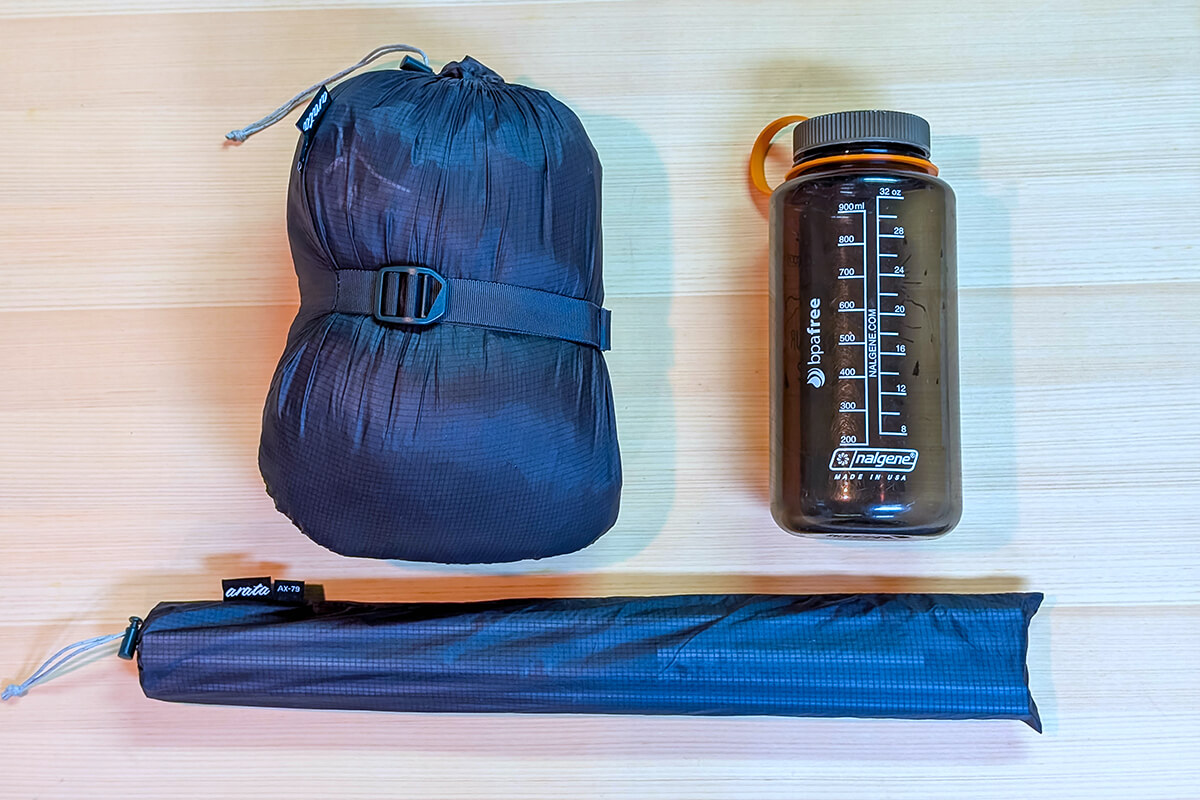
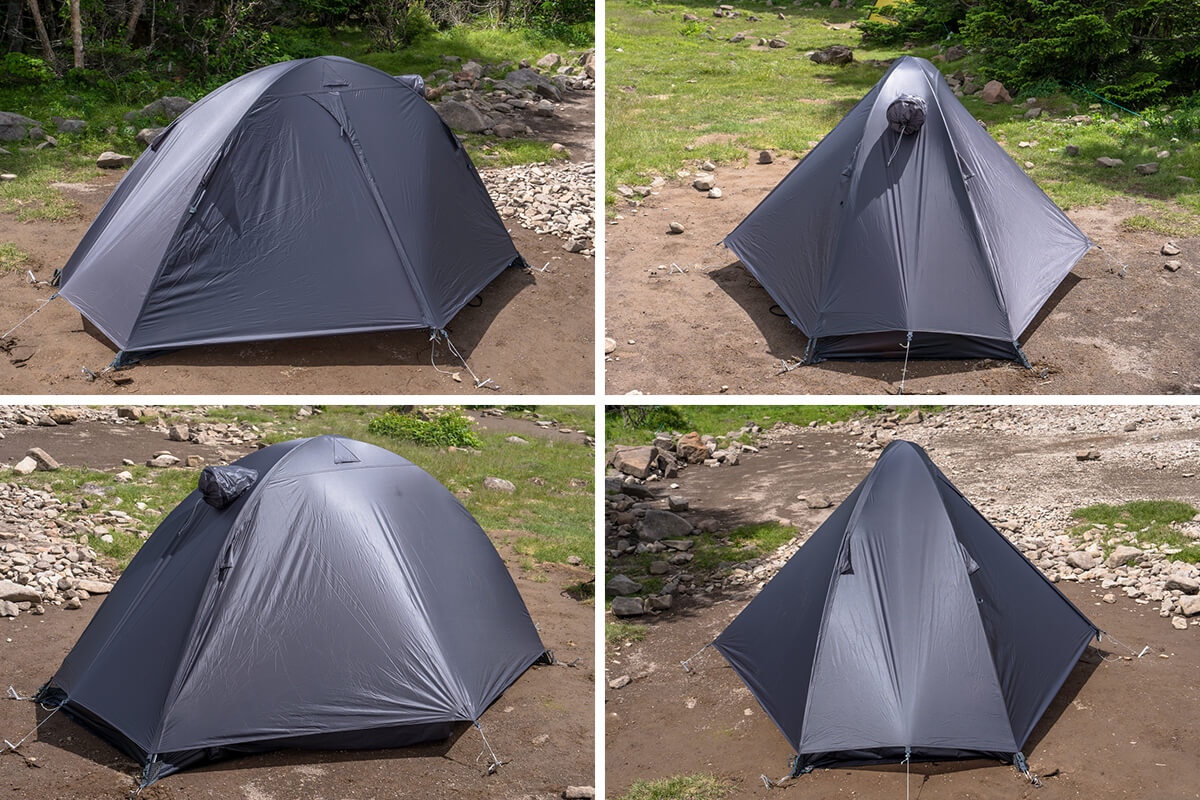
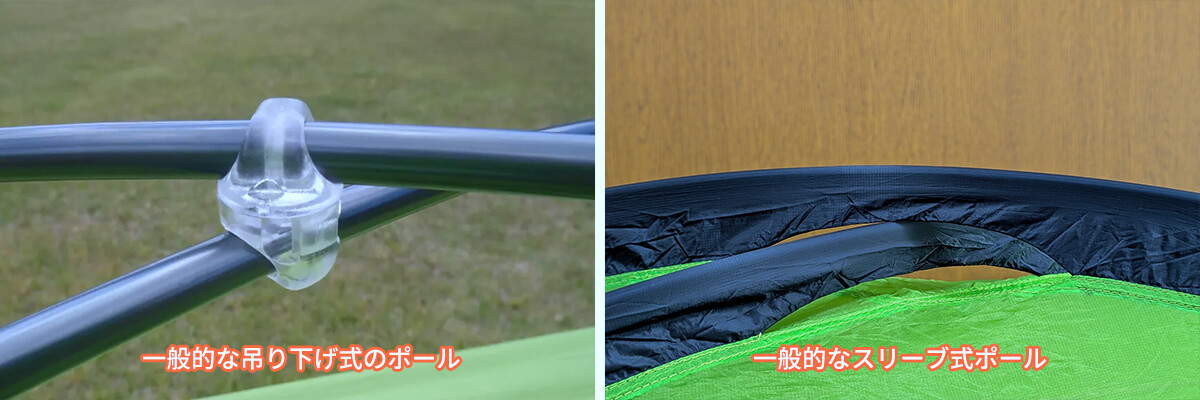
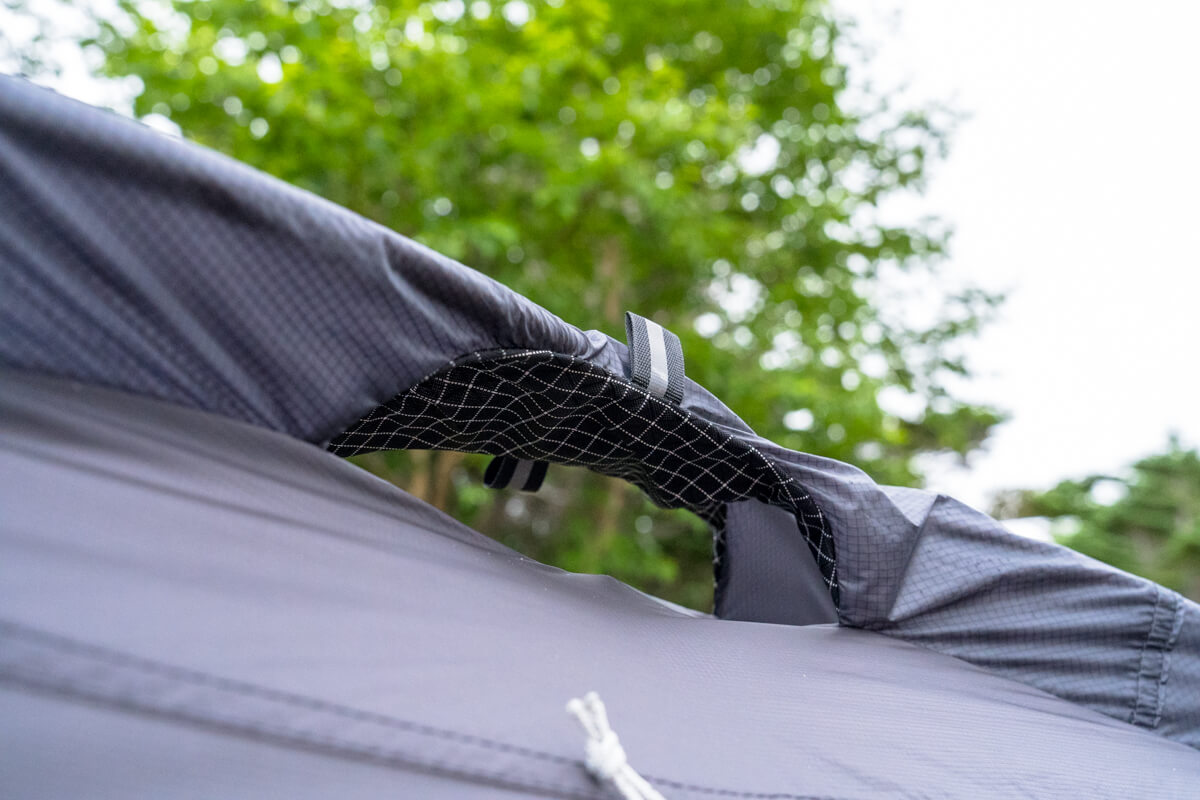
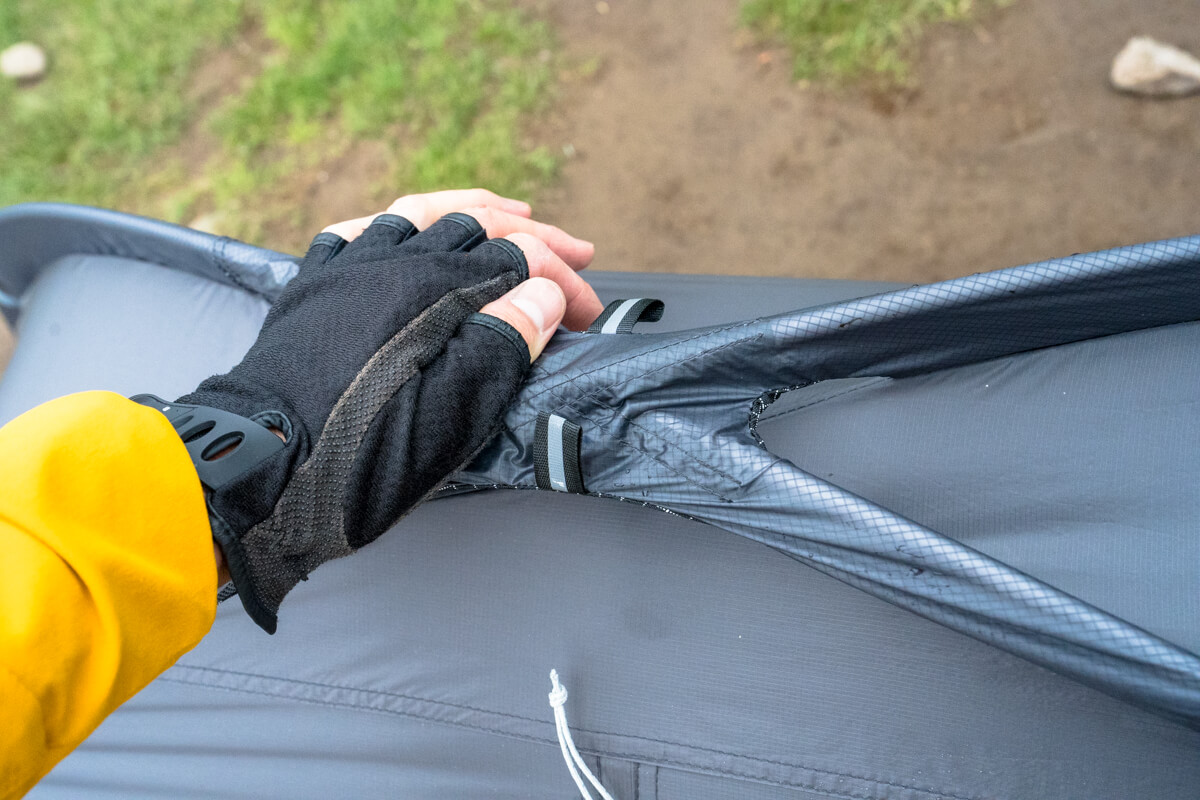
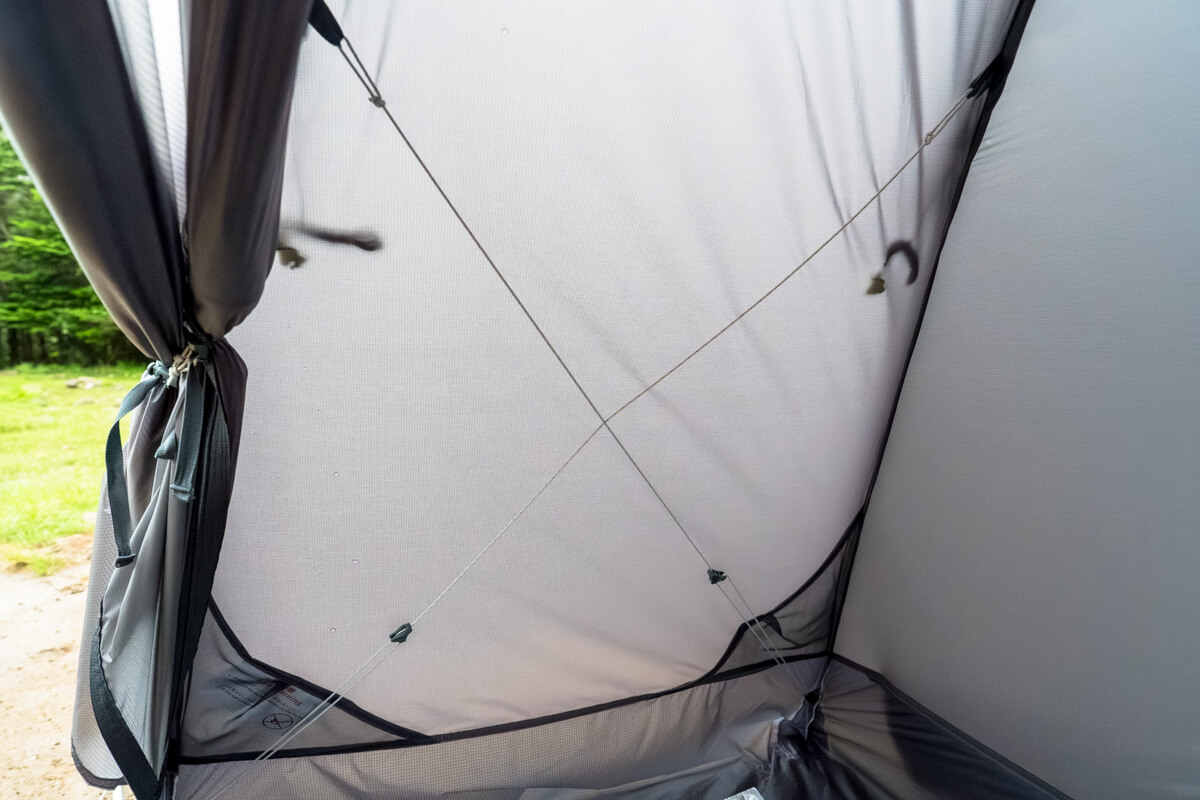

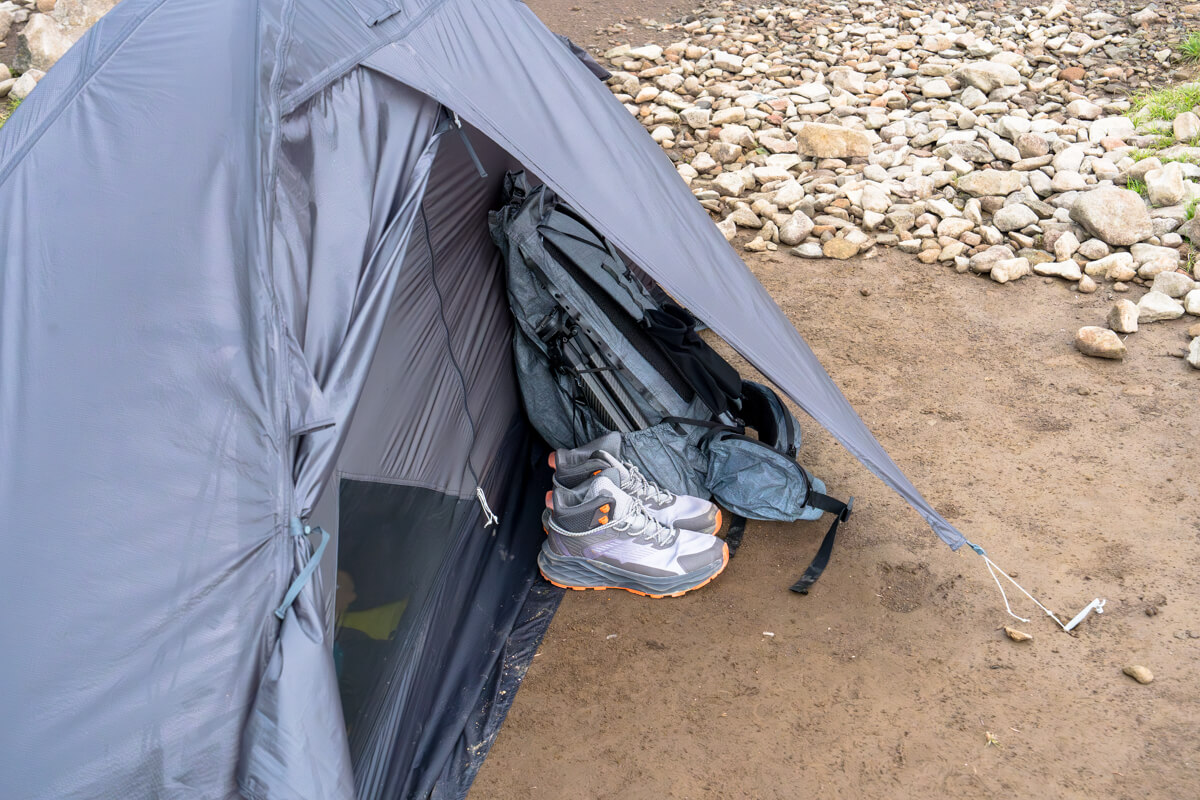
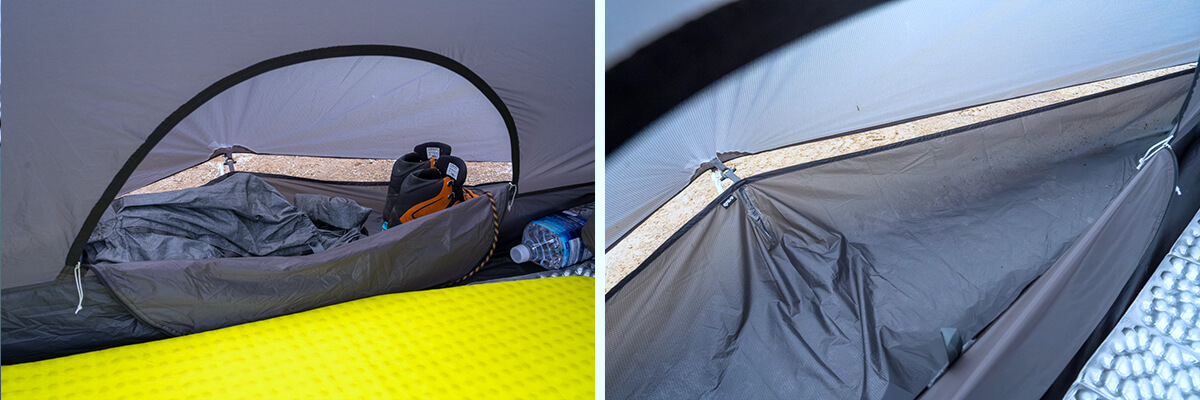
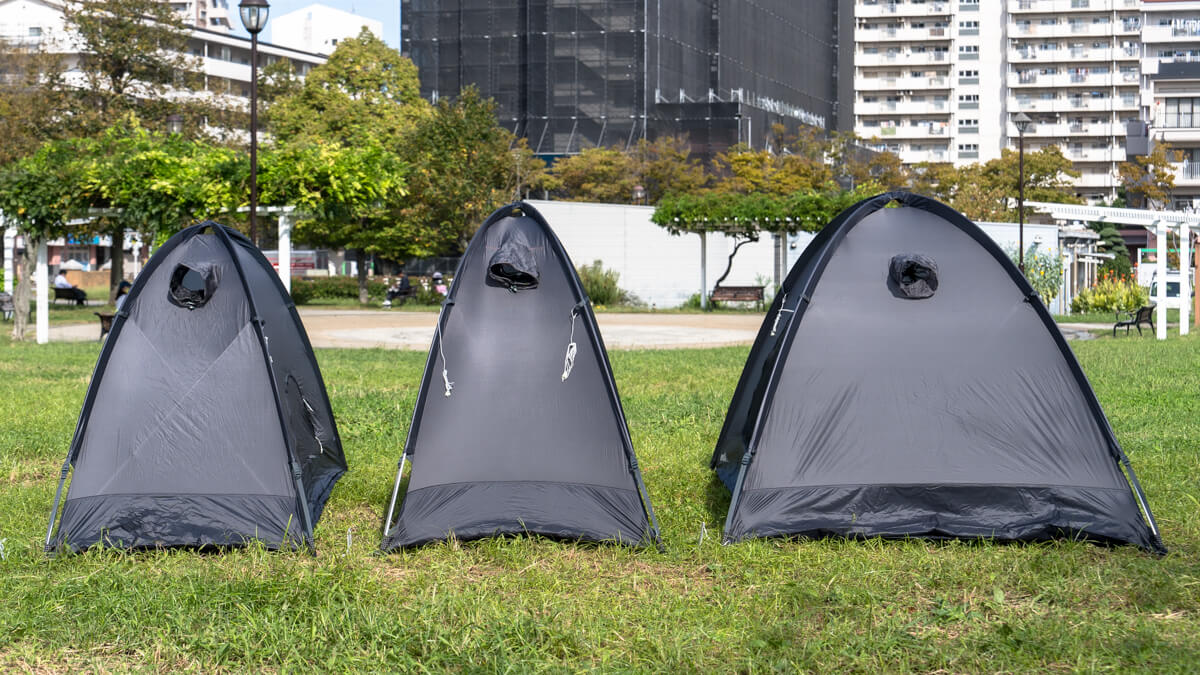
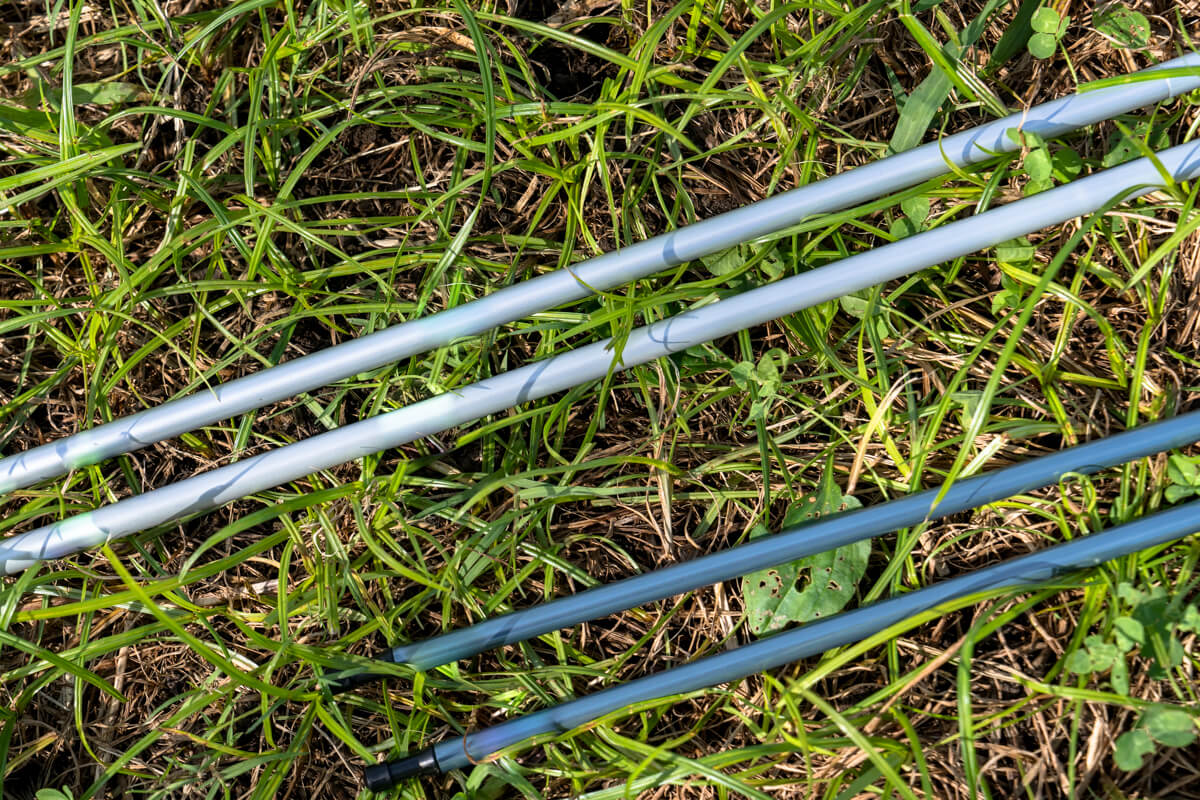
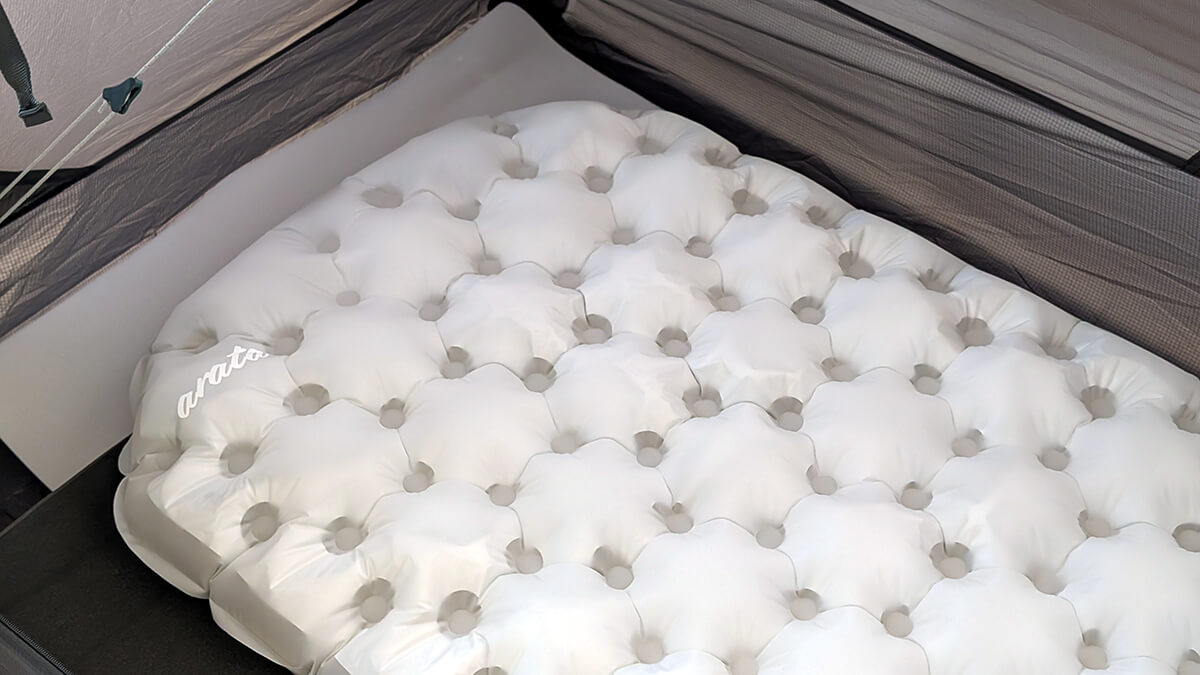
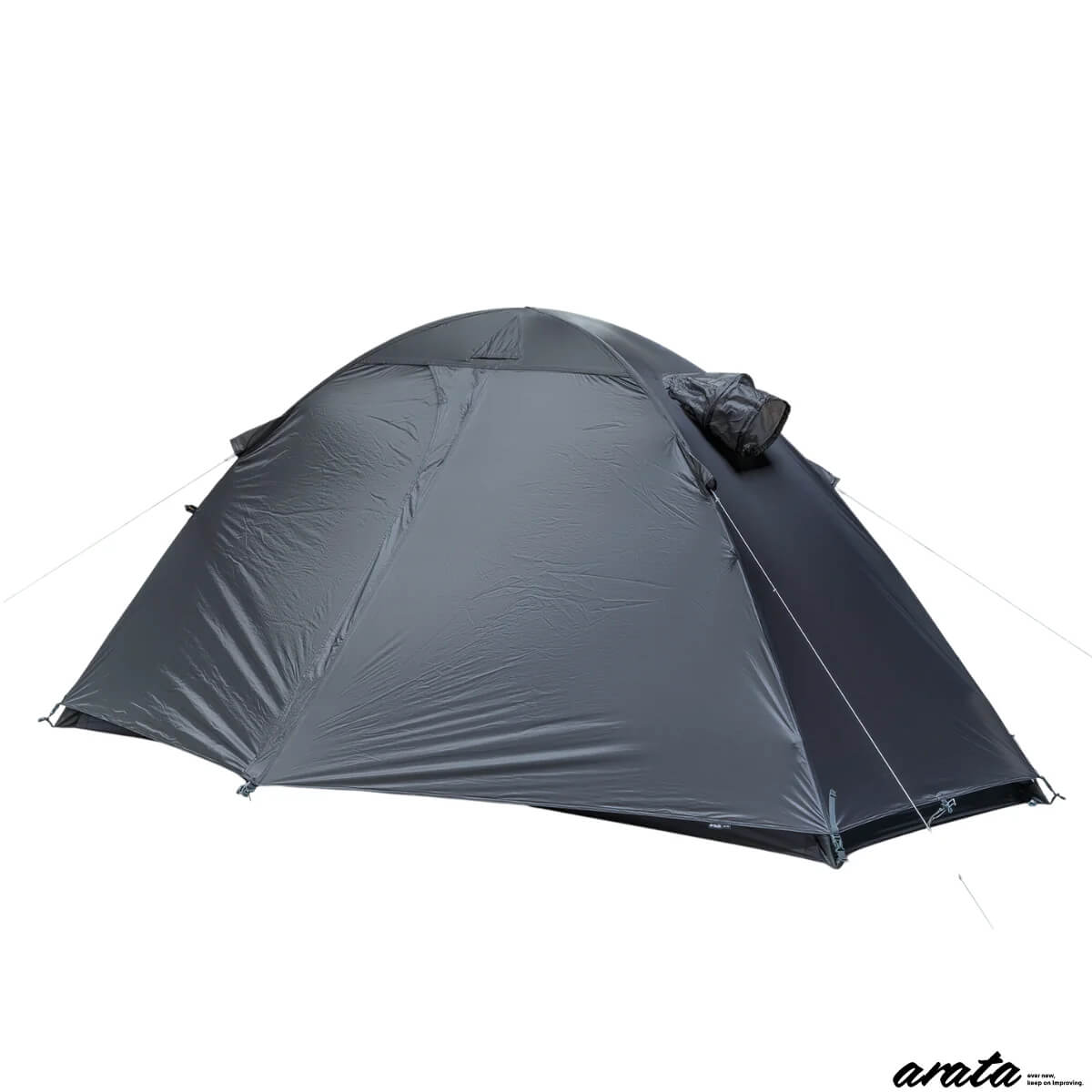

 arata ATP-125 Review: Stretchable, OK for all seasons, highly durable and weighs 126g! Unconventional trekking pole
arata ATP-125 Review: Stretchable, OK for all seasons, highly durable and weighs 126g! Unconventional trekking pole arata ASP-R7 review: High insulation that is OK for harsh winters, portable and comfortable to sleep on. What's more, it's a surprising price, and there are no blind spots anymore, so it's scary for mountain air mats
arata ASP-R7 review: High insulation that is OK for harsh winters, portable and comfortable to sleep on. What's more, it's a surprising price, and there are no blind spots anymore, so it's scary for mountain air mats The blast and the cold are no problem! PRIMUS's new "P157 Integ Stove" is a high-end single burner that can be beaten any bad news [Practical Review]
The blast and the cold are no problem! PRIMUS's new "P157 Integ Stove" is a high-end single burner that can be beaten any bad news [Practical Review] With the 8K 360-degree camera "Insta360 X4", you can enjoy mountain climbing and the outdoors [Practical Review]
With the 8K 360-degree camera "Insta360 X4", you can enjoy mountain climbing and the outdoors [Practical Review]